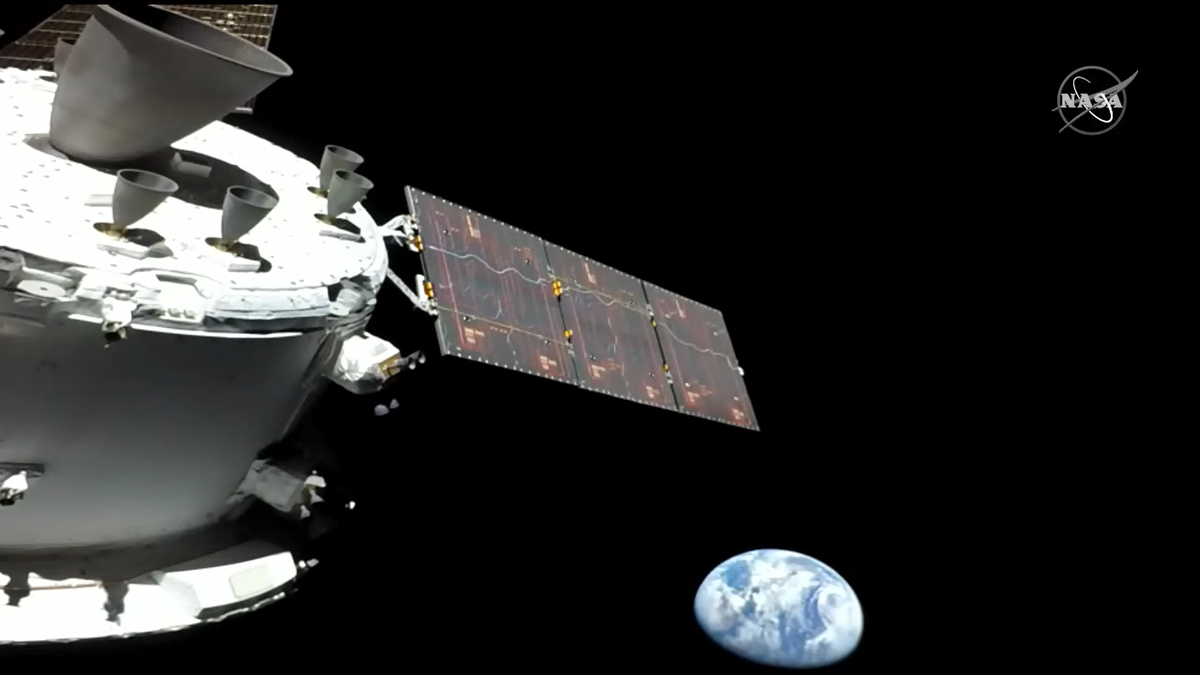
Ride along with NASA’s latest moon mission on a tracking website just launched by the agency.
Artemis 1, the first flight of the Artemis program, launched early in Wednesday morning (Nov. 16). A Space Launch System rocket, on its first-ever mission, successfully sent an uncrewed Orion spacecraft toward the moon.
Though the launch is over, you can keep following along with the nearly month-long mission in real time on this NASA website (opens in new tab). And, if you want, you can download the trajectory data to create your own applications, the agency has said.
The base website shows an animation of Orion in space along with the mission elapsed time, the capsule’s velocity, and its distance from Earth and from the moon. You can change the view of the Orion spacecraft by pivoting the camera or moving between four solar array wing cameras, or switch between views of the mission’s track so far. You can also gaze at the spacecraft up close.
In photos: Amazing views of NASA’s Artemis 1 moon rocket debut
“The ephemeris data can be used to track Orion with your own spaceflight software application or telescope. It can also be used to create a physics model, animation, visualization, tracking application or other conceivable projects,” NASA writer Erika Peters said in a blog post (opens in new tab) on Tumblr.
Available state vectors, or data describing the location and movements of Orion in space, could also be used for tracking apps and data visualizations, NASA said in a separate post (opens in new tab) about the project.
The data visible online is the same as what is generated by a group within NASA’s mission control at Johnson Space Center in Houston. The group, called flight dynamics operations (FDO), is responsible for “keeping track of where the spacecraft is, and where it is going to be,” Peters said.
FDO is gaining information from following Orion on the Deep Space Network, which is a trio of huge satellite dishes on Earth that allow communication with NASA’s missions across the solar system. Between the tracking information received and the models FDO generates, the team aims to provide accuracy on Orion’s path to feed to Artemis flight controllers.
“An accurate trajectory is essential for achieving mission objectives, maintaining communications links, lighting, adjusting the trajectory, and more,” Peters added.
Elizabeth Howell is the co-author of “Why Am I Taller (opens in new tab)?” (ECW Press, 2022; with Canadian astronaut Dave Williams), a book about space medicine. Follow her on Twitter @howellspace (opens in new tab). Follow us on Twitter @Spacedotcom (opens in new tab) or Facebook (opens in new tab).



